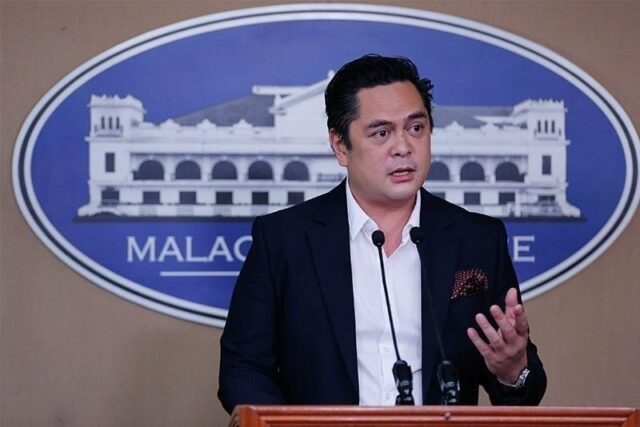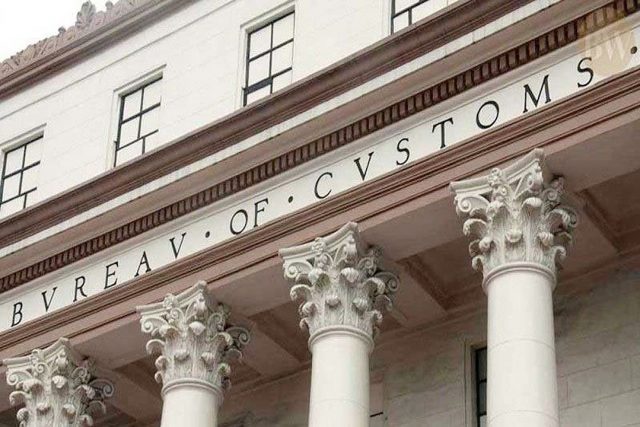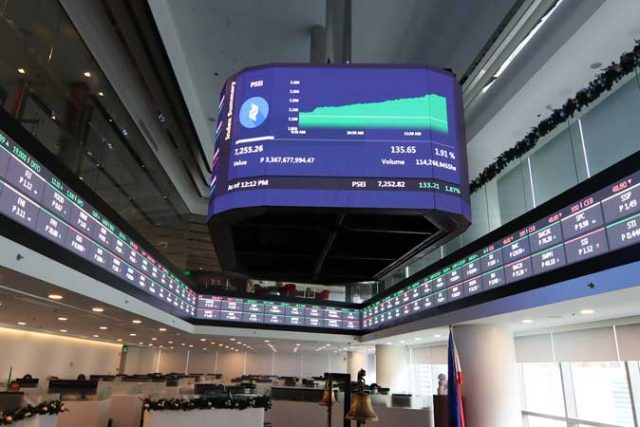Jordan Brand partners with Ateneo de Manila University to help Blue Eagles fly higher
JORDAN Brand continues to support the growth of basketball in the Philippines and the world by expanding its portfolio on the court with the sponsorship of Ateneo de Manila University’s Blue Eagles men’s, women’s and high school basketball teams.
With this agreement, Ateneo de Manila University becomes Southeast Asia’s first-ever university and the only one outside of the United States to don the Jordan Jumpman on its jerseys, shorts, tees and jackets. The athletic ap-parel, which includes jerseys with a fit and cut uniquely suited to female players, will become the official uniform of the Blue Eagles basketball team during the much-awaited UAAP (University Athletic Association of the Philippines) Season 84 season.
Rooted in the pursuit of excellence and to inspire the next generation of players, the partnership will unite the two basketball through shared DNA of achieving greatness on their own terms, creating opportunities for all and building a level playing field.
“It’s exciting to announce Jordan Brand’s only university partnership outside of North America, because there are few places in the world where basketball culture shows up like it does in Manila,” says Jordan Brand President, Craig Williams. “It is so crucial to invest in young people, and in partnership with Ateneo de Manila University, we can inspire young people through our shared love of the game.”
Commenting on the country’s tremendous talent potential, Ateneo de Manila University’s Head Athletic Director Emmanuel Fernandez says: “Investment in the country’s youth and building inclusivity can spearhead basketball culture and translate our passion into profession. As one of the most successful basketball programs, Ateneo Basketball has always strived for excellence. Being associated with a prestigious brand such as Jordan is an acknowl-edgement of this excellence, which will no doubt fuel the desires of many aspiring Pinoy and Pinay players in their own pursuit of greatness. We are all still inspired by MJ’s legacy and his undying love for the game.”
Local artists and Ateneo alumni Gica Tam and Mikki dela Rea were engaged to specifically develop designs for Custom 23, a customization service exclusively available at Jordan Manila. The unique designs by Gica and Mikki are inspired by their love for the game, Ateneo’s culture, energy, passion and everything that surrounds that through their lens.











